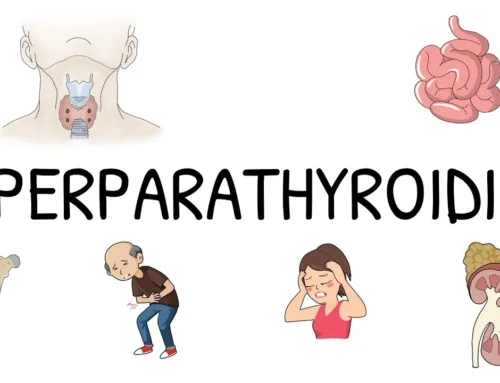An oral glucose tolerance test (OGTT) is a medical procedure to diagnose gestational diabetes and prediabetes. It is also sometimes used to evaluate how well your body processes sugar. The OGTT involves drinking a sugary liquid and measuring blood sugar levels over time. This test can tell your doctor how well the pancreas produces insulin the hormone that helps convert sugar into energy and how well your body responds to insulin.

What is the oral glucose tolerance test?
The oral glucose tolerance test (OGTT) is a blood test that measures how well your body handles glucose. It’s used to diagnose diabetes and gestational diabetes and monitor blood sugar levels in people with diabetes.
Glucose is a kind of sugar that comes from meals. When you eat, your pancreas releases insulin into your bloodstream to help move glucose from the food into cells, which can be used for energy or stored as fat for later use. People who have Type 1 diabetes don’t make enough insulin on their own; those who have Type 2 don’t respond well enough when their bodies do produce it; and pregnant women with gestational diabetes are unable to produce enough insulin during pregnancy (even though they may not have any other symptoms).
Who needs an OGTT?
People who have a high risk of developing diabetes include:
- People with a family history of diabetes.
- Those who are overweight or obese.
- Those over 45 years old, especially if they have high blood pressure and cholesterol levels, as well as African Americans and Hispanics/Latinos (especially women).
How is an OGTT done?
An OGTT is usually done in the morning when a person’s blood sugar level is at its lowest. The test usually lasts 2 hours and involves monitoring your blood sugar levels before and after consuming a sugary drink. Because of this, you must fast overnight before the OGTT (don’t eat or drink anything except water).
If you have diabetes or are at a menace of developing diabetes, your doctor may recommend an OGTT every 1-2 years or as directed by your healthcare provider.
What happens after performing an OGTT?
After performing an OGTT, you will be given a blood glucose test kit. You will take a sample of your blood and send it to the lab for analysis. Results are available in 20 minutes and compared to the standard curve representing normal blood glucose levels in healthy individuals. If your results are abnormal, further testing is required to determine whether or not you have diabetes mellitus type II or prediabetes (also called impaired glucose tolerance).
Some people need to take the Oral Glucose Tolerance Test to determine if they are at risk for diabetes.
The OGTT is used to diagnose diabetes but can also be used to determine if a person is at risk for developing diabetes. The test may also help detect gestational diabetes, which occurs during pregnancy.
Do you know What is the best FDA-approved weight loss pill?
Conclusion
The OGTT is a simple test that can be performed in a doctor’s office. It may help determine if someone is at risk for diabetes or prediabetes. If you are concerned about your glucose level, ask your doctor about having an OGTT done.




Leave A Comment